The Abkhaz and Abaza peoples are carriers of a distinctive culture and traditions, many of which have been formed for thousands of years and have survived to this day. We offer the readers of the WAC portal a cycle of ethnographic essays on various aspects of everyday life, art, crafts and national customs of these peoples with common roots and a common history.
Asta Ardzinba
Abkhazians and Abazins are fraternal peoples living in the north-western Caucasus and belonging to the Abkhaz-Adyg group of indigenous peoples of the Caucasus. Over the centuries-old history they have created their own unique and distinctive culture.
Territory of residence of the Abkhaz
From ancient times, the Abkhaz were known by the names of «Abadza», «Azekh», «Apkhaz», «Abkhaz», «Abaza». The Abkhaz themselves call themselves «apsua», and their country - «Apsny.»
Historically, the Abkhaz people lived in the territories from the Ingur river to the Bzyb River - Big Abkhazia - and from the Bzyb River to the Mzymta River - Small Abkhazia.
The territory inside the state borders of modern Abkhazia stretches from the Ingur River in the east and to the Psou River in the west. The northern border passes along the spurs of the Main Caucasian ridge. The population of Abkhazia is about 250 thousand people, ethnic Abkhaz among them are about 120 thousand people. According to various estimates, from 200 to 500 thousand Abkhaz live outside the historic homeland. A significant part of the Abkhaz Diaspora abroad is represented by descendants of the Abkhaz, who were forcibly expelled in the 19th century from their historic homeland.
Culture and traditional activities of the Abkhaz
The ancestors of the Abkhaz are considered the creators of the megalithic culture (megaliths - buildings of huge stone blocks - ed.) in the Western Caucasus in the III millennium B.C. At the beginning of the 1st millennium B.C., they mastered metallurgy, and in the 8th – 7th centuries B.C. they were among the first in the world to learn how to produce and process iron.
The ancestors of the Abkhaz reflected their ideas about the structure of the world in the heroic epos about the heroic brothers Narts. The oldest monument to world folklore, the Nart epos, is not only the literary heritage of humanity, but also an important source for studying the history of the Abkhaz people. The legends reflected different periods of the socio-economic and cultural development of the people: from the era of matriarchy to the establishment of class relations.
In Abkhazia there was never serfdom, and the land always belonged to the peasants. Arable land was owned by the family. Forests and pastures are common to all. The estates existed, but not the feudal ownership of land. Most of the country's population in the era of the Middle Ages was made up of free congregations «Ankhay». At the same time, both the higher and lower classes were united by their dairy kinship due to the ancient custom of the fosterage, when an infant from a princely or noble family was given up to adulthood for upbringing in the family of peasants.
Since ancient times Abkhaz were engaged in cattle breeding, agriculture and beekeeping. They were able to process leather, wood, owned pottery and weaving. At the same time, they were not merchants and disliked any manifestations of commodity-money relations, considering them humiliating for a warrior people. The economy of the Abkhaz had a natural character.
Abkhazia is one of the oldest centers of winemaking. They began to make wine here a few thousand years B.C. This is evidenced by archaeological finds. In the dolmens (the structures of the megalithic culture — ed.), which were built here in the III-II millennia B.C., jugs with the
remains of grape seeds were found. And in the village of Bambora, near the town of Gudauta, a bronze statuette in the shape of a man with a wine horn in his hands was discovered, which dates back to about II millennium B.C.
Abkhaz dwellings, costumes and national cuisine
Since ancient times, the Abkhaz have settled in separate estates scattered over the hills. Next to the large spacious courtyard of the apartment house and the outbuildings were a corn field, an apiary and orchards. The appearance of the Abkhaz manor has not changed yet: it is worth going beyond the borders of modern Abkhaz towns, everywhere on the hills and foothills the houses and courtyards will be visible.
The traditional type of dwelling is wicker houses covered in straw, and apatskhas (traditional straw structures of the Abkhaz, which served as kitchens, - ed.). Apatskha was also wicker; in its center there was a hearth to which the Abkhaz gave special importance. In the Middle Ages, they began to build houses made of boards on pillars «akuaskiya.» The roof of such houses was made of shingles, and a carved balcony decorated the facade.
The traditional male Abkhaz costume includes a quilted semi-caftan, skinny trousers, a Circassian coat, a burka, a hood or a papakha and a belt with a dagger.
Women wore dresses with a wedge neckline that was closed with metal fasteners. The festive dress was completed with a silver belt.
National Abkhaz cuisine offers a variety of cornmeal dishes. Here prevail dishes from products of plant and dairy origin. The food is seasoned with hot spices, the most famous of which is the Abkhaz adzhika.
People of Abaza
The people closest to the Abkhaz are the Abazins or Abaza, as they call themselves. Until the 14th century, the Abaza lived on the northwestern coast of the Black Sea. The Abaza ancestors moved to the northern slopes of the Caucasus Mountains gradually, and, as noted by some researchers, starting from the 6th century A.D. The reasons for the resettlement are different, including the Byzantine-Persian wars in the 6th century, the Arab invasion in the 8th century and the Tatar-Mongol invasion, and after it the «kingdom of the Abkhaz and Kartlians» collapsed into a number of warring kingdoms and princedoms in the 13th century.
The Abaza occupied the upper reaches of the Laba, Urup, Bolshoi and Maly Zelenchuk, Kuban and Teberda rivers. Today they live compactly in the following villages of the Karachay-Cherkess Republic, such as Krasny Vostok, Kubina, Psyzh, Kara-Pago, Elburgan, Inzhich-Chukun, Tapanta, Abaza-Khabl, Malo-Abazinsk, Staro-Kuvinsk, Novo-Kuvinsk, Apsua and Koydan. The total number of Abazins in Russia, according to the 2010 census, is about 43 thousand people.
Common proto-language and related languages
Abkhazians and Abazins are the most ancient people, which can be judged by the archaic nature of their languages. Five thousand years ago, the common to the Abkhaz-Adyg peoples proto-language broke up into three branches: the Abkhaz, Adyg and now extinct Ubykh languages. In ancient Abkhaz language there were many dialects representing the languages of related tribes. Gradually, the tribes united into principalities, and then, in the VIII century A.D., they created a state, the Abkhazian kingdom. This is how the united Abkhaz nationality was formed, and the unity of the Abkhaz language was established.
The ethnic groups that left behind the pass were separated from the territory of historical Abkhazia by a natural barrier in the form of the mountains of the Greater Caucasus. This contributed to the independent development of the Abaza people, the formation of its language.
Researchers point to the fact that the Ashkhar dialect of the Abaza language is closer to the Abkhaz language. From this it is concluded that the Ashkharaua, the carriers of this dialect, separated from the general ethnic group of the Abkhaz and Abaza later than the other Abaza sub ethnos tapanta.
Religion of Abaza and Abkhaz
The Abaza are currently practicing Sunni Islam, the Abkhaz are mostly Orthodox Christians. But in the memory of both nations, traditional pagan beliefs are preserved. For example, the Abaza and the Abhaz once gave wonderful properties to trees. An important place in the system of traditional beliefs was assigned to natural phenomena, such as thunder and lightning. Both Abkhaz and Abaza revered «the patron of forests and wild animals» and «the mistress of the waters.»
Some of the activities and features of life of the Abaza people
Abaza engaged in farming and animal husbandry. Including distant farms (based on seasonal livestock hauls – ed.), as well as Abkhaz. In their gardens, the Abaza grew apples, pears, cornels, barberries and hazelnuts. An important branch of the economy was beekeeping.
The duty of women was considered the processing of wool and hides. Men were engaged in processing wood, metal, stone. Forges were in honor, which produced weapons, daggers and knives.
The Abaza traditional dwelling is round wattle houses. At the end of the 19th century, Abaza had adobe and chopped wooden houses under an iron or tiled roof. The traditional manor included one or several residential buildings, including a guest room, as well as a set of outbuildings.
Abaza national cuisine is rich in dishes of lamb, beef and poultry, as well as products from dairy and vegetable products. The famous Abaza kvtuzhdzyrdza dish is chicken meat with a thick sauce.
Both the Abkhaz and the Abaza for centuries created their distinctive culture, which they managed to preserve to this day. In the era of globalization, new challenges emerged for the development of the national culture of these peoples.
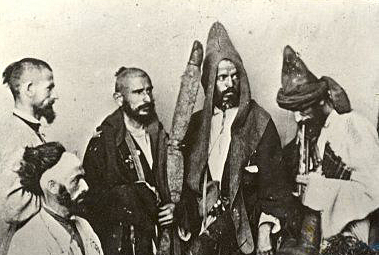
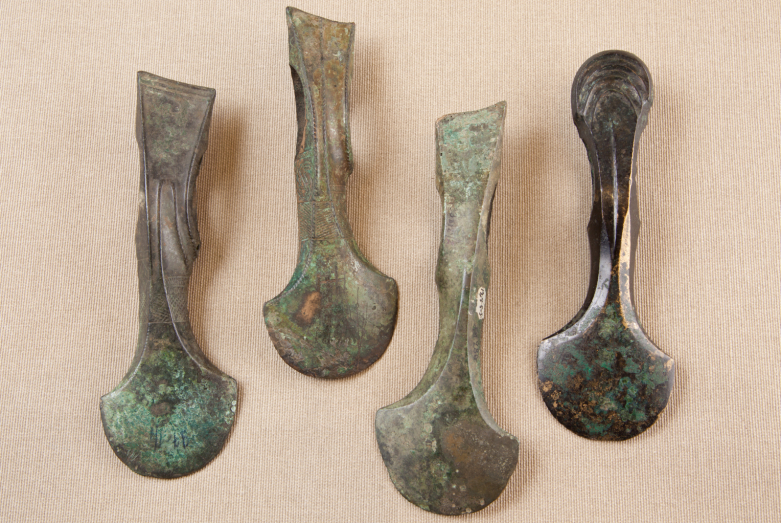
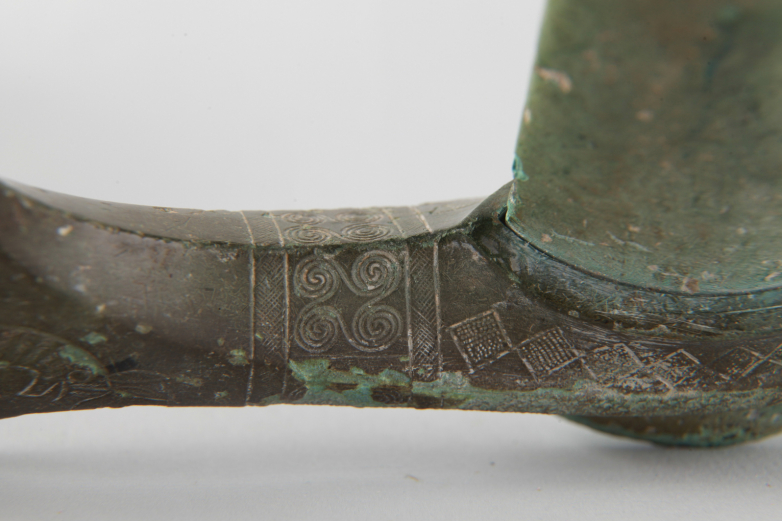
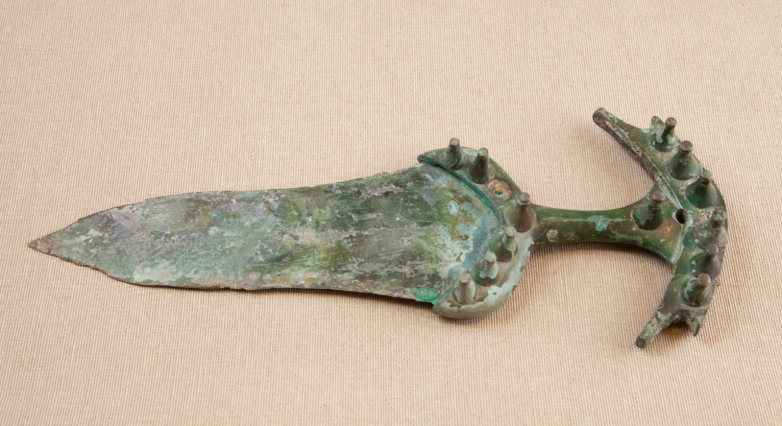
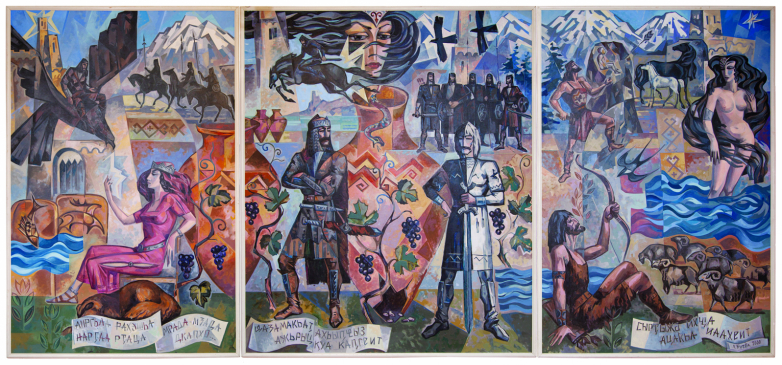
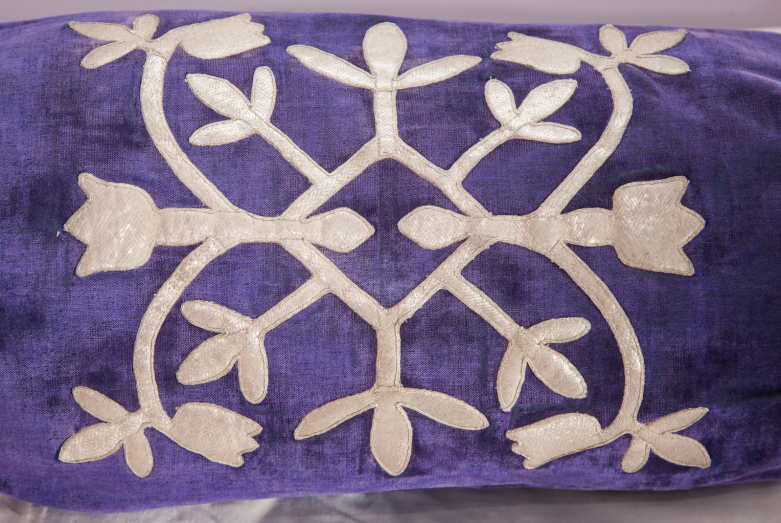
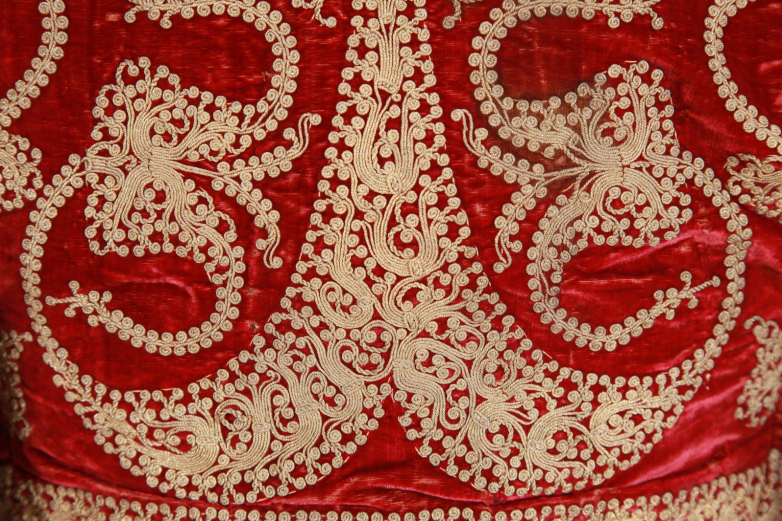
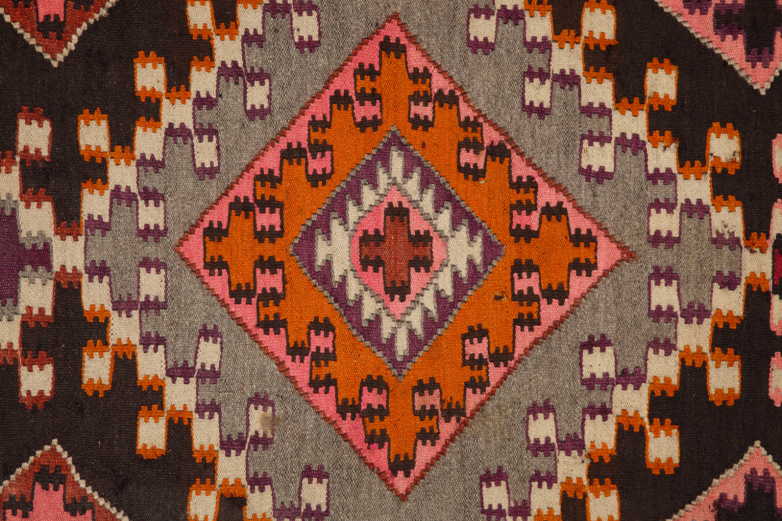
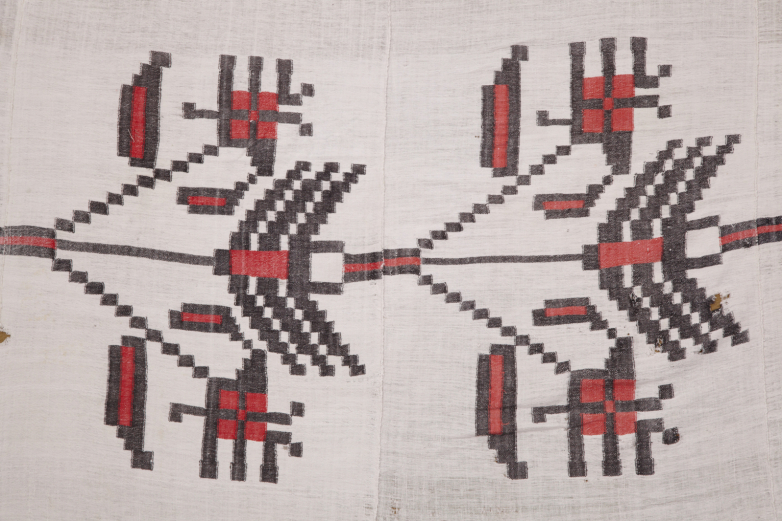
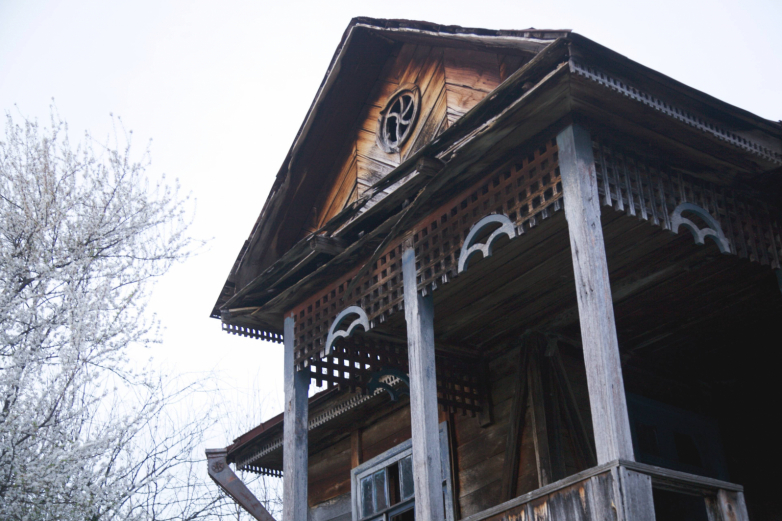
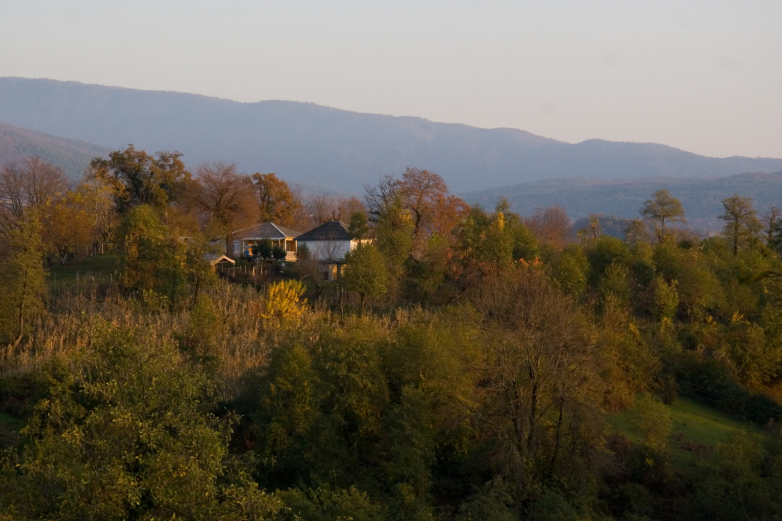
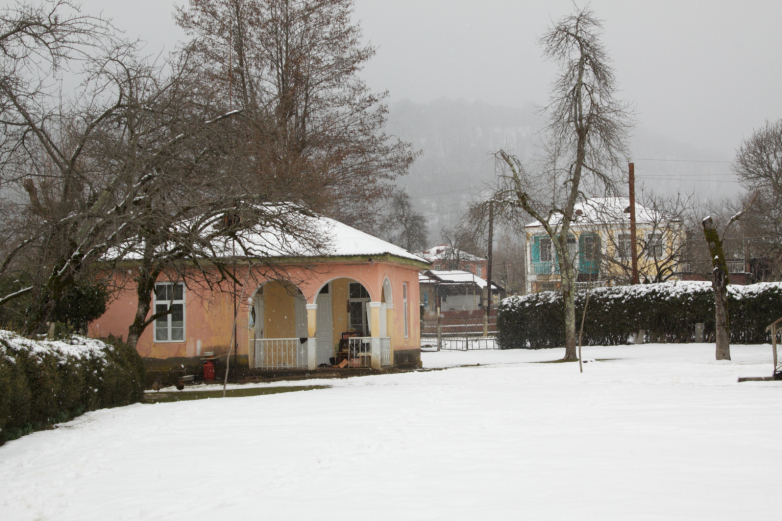
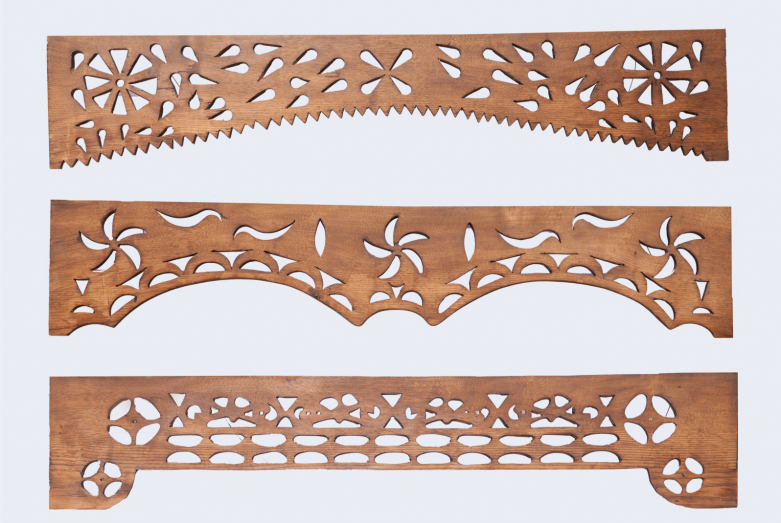
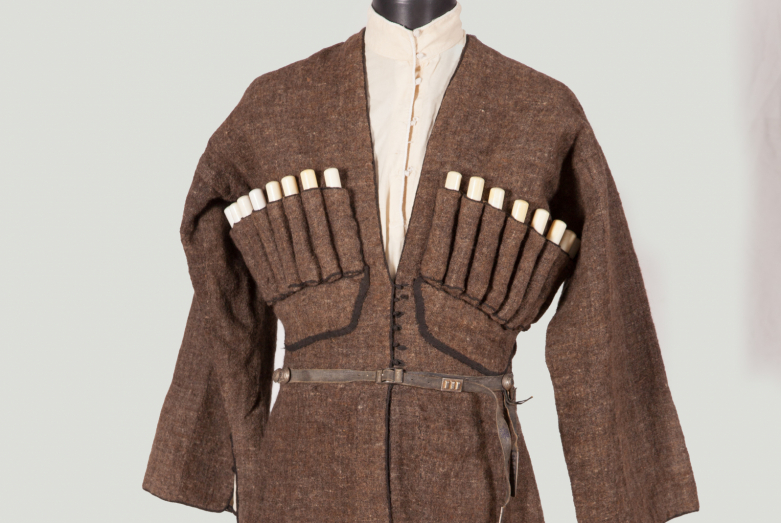
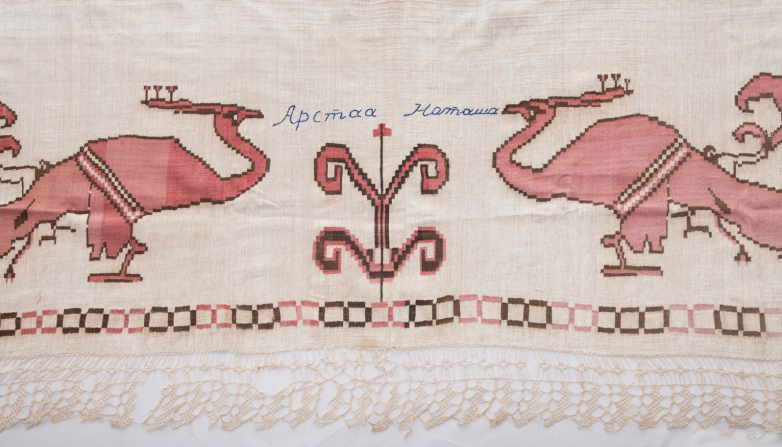
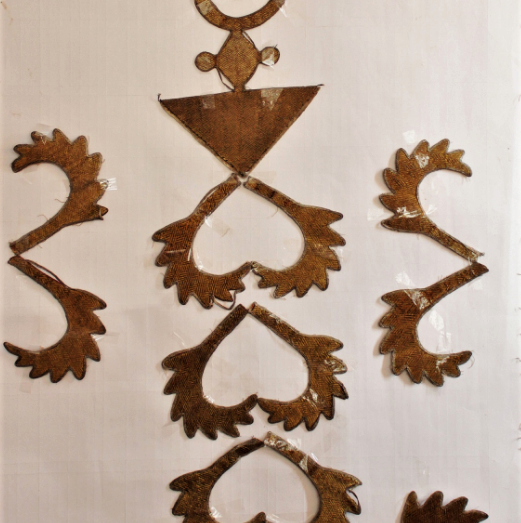
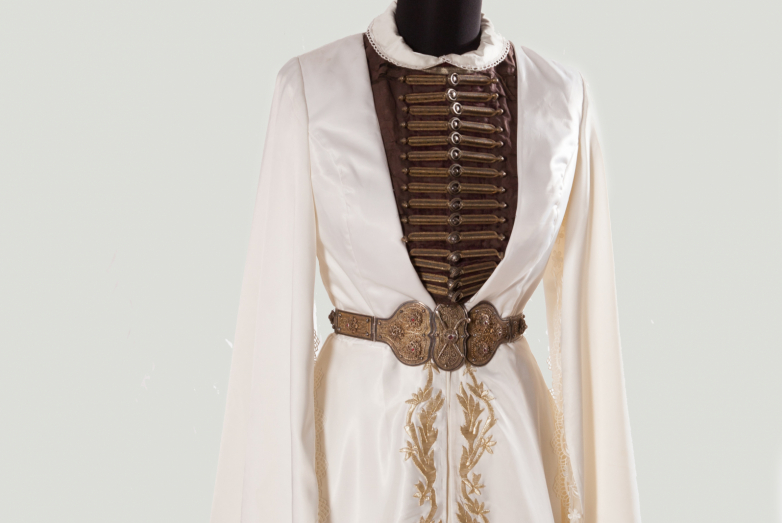
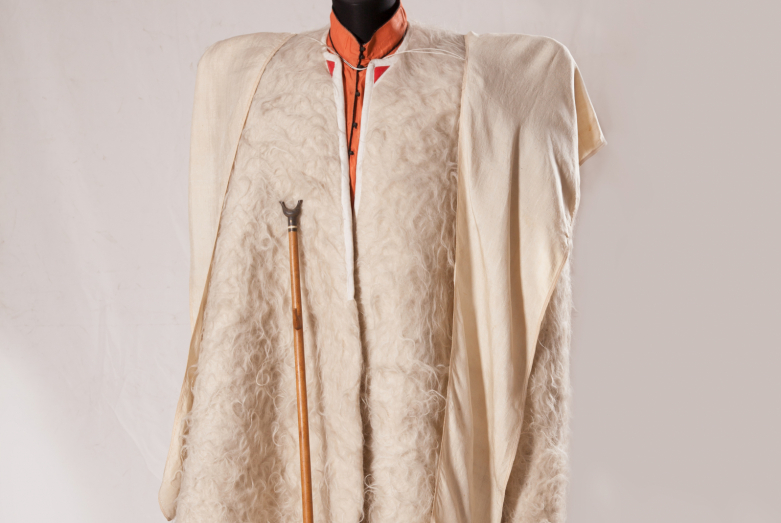
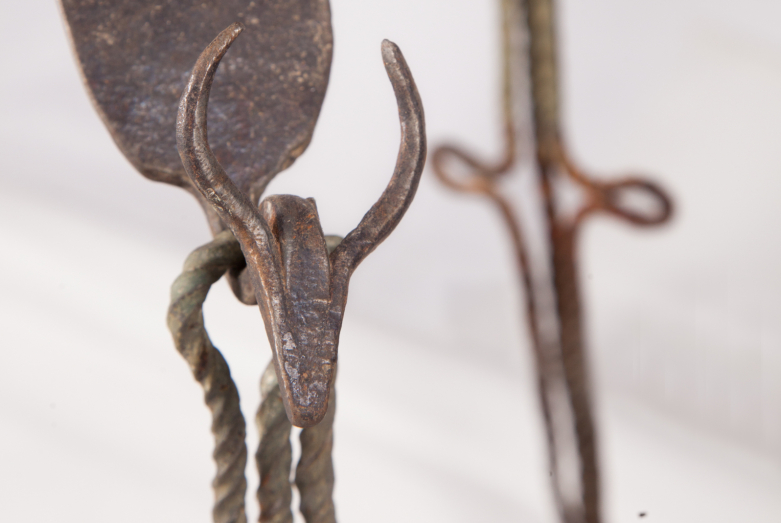
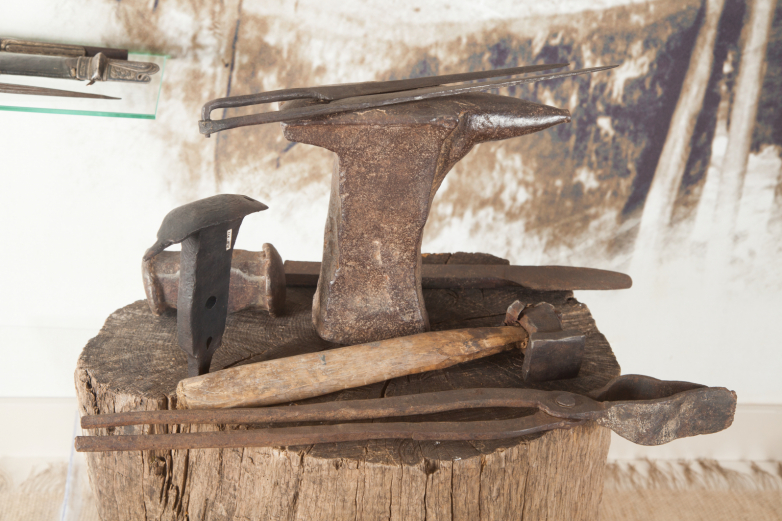
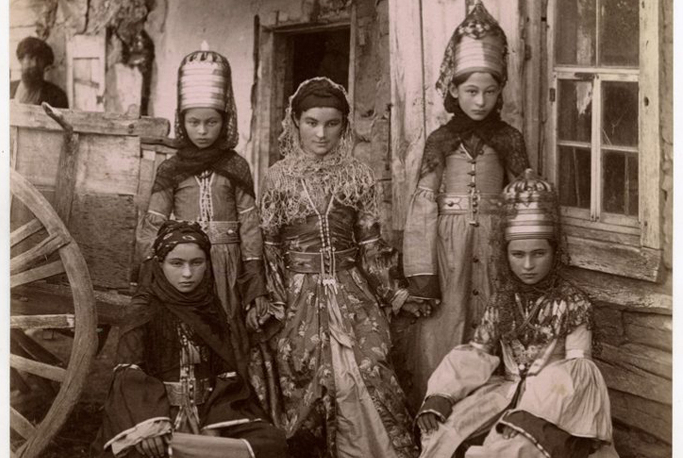
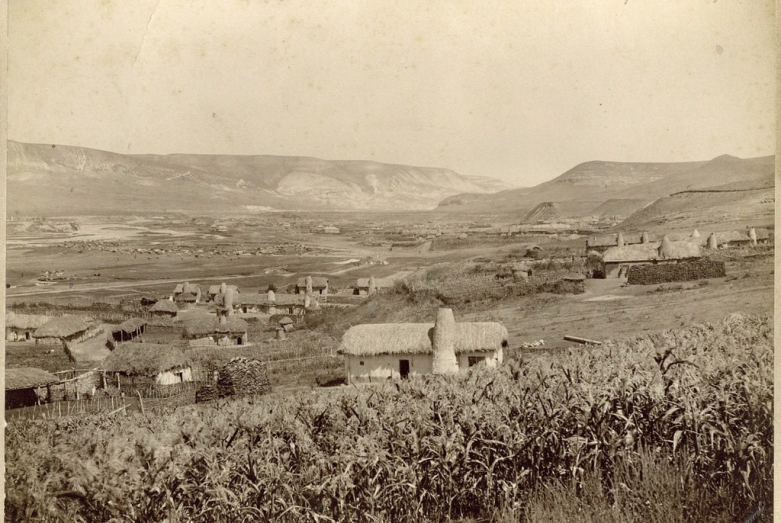
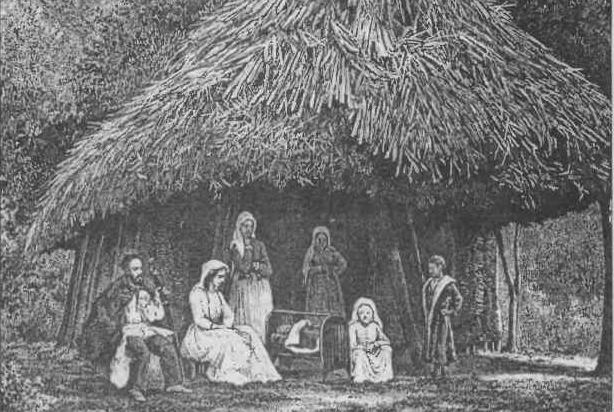
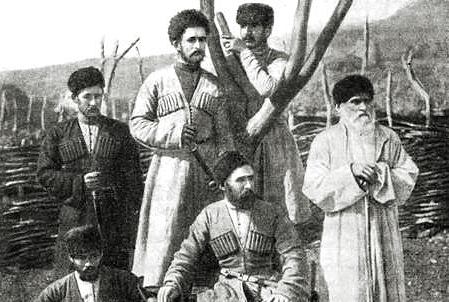
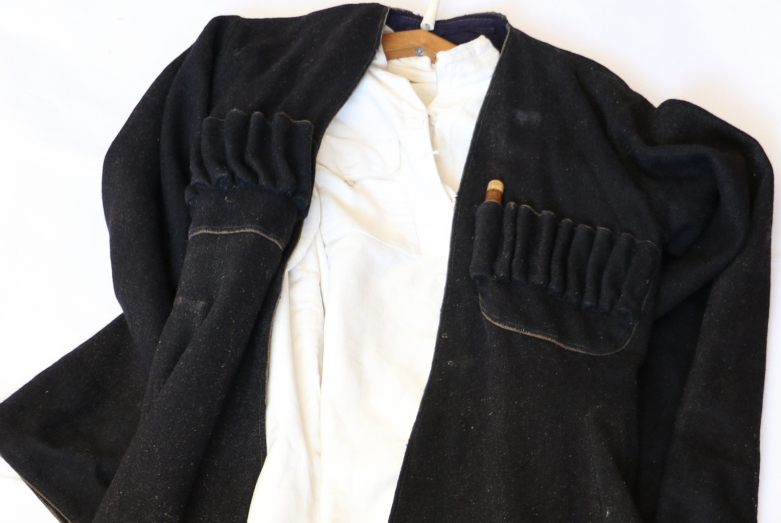
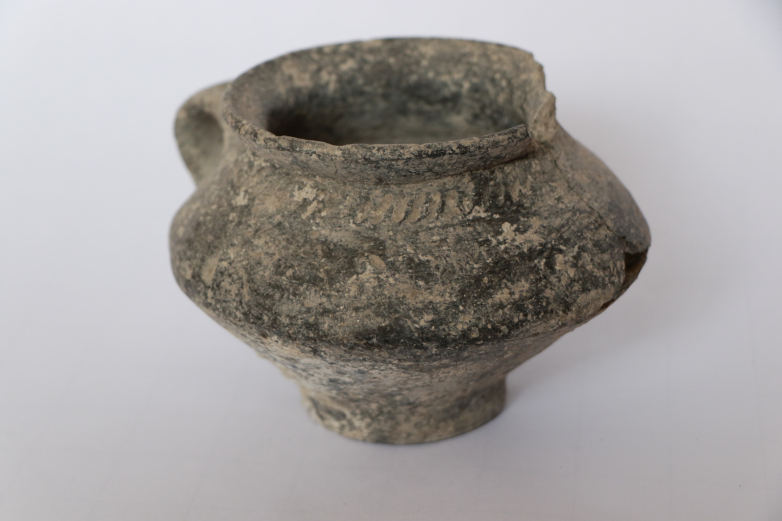
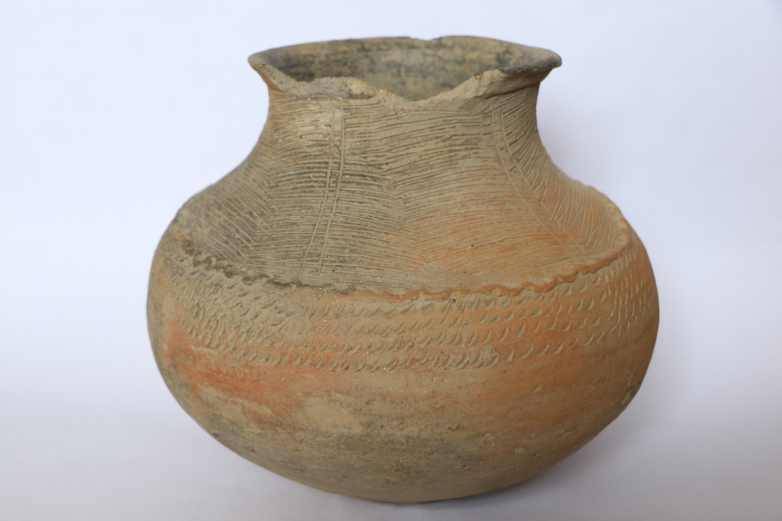
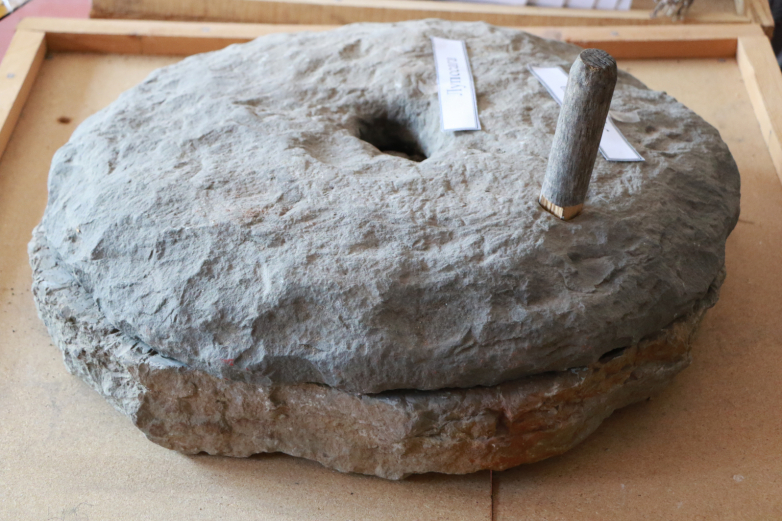
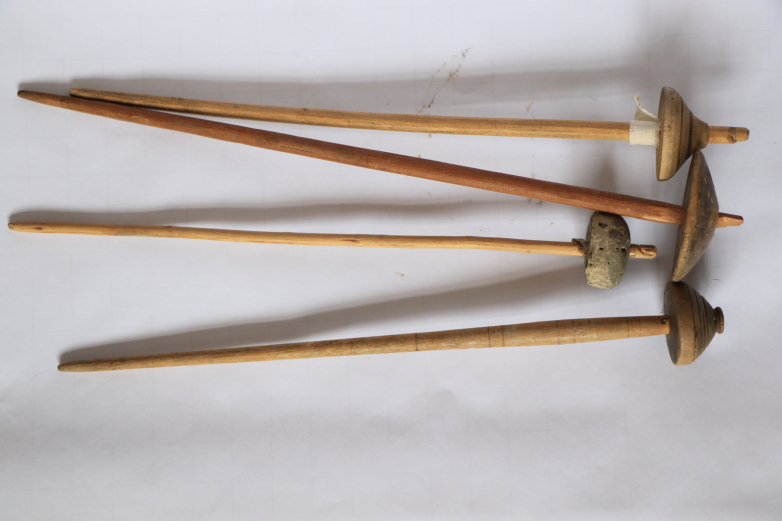
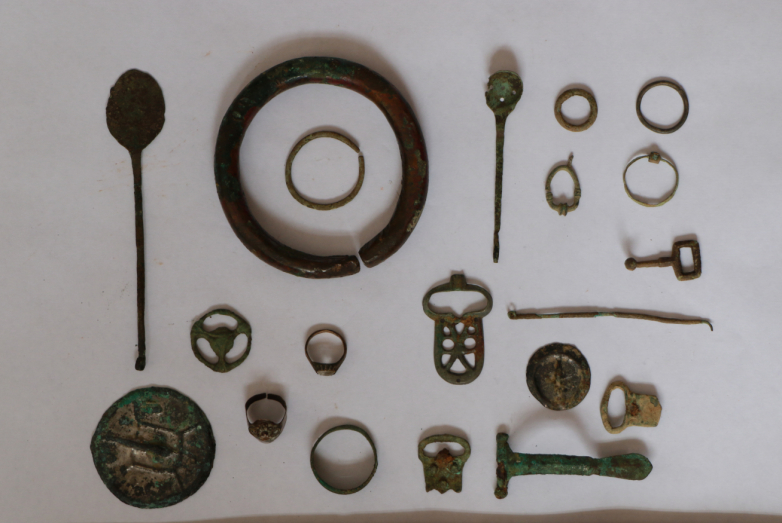
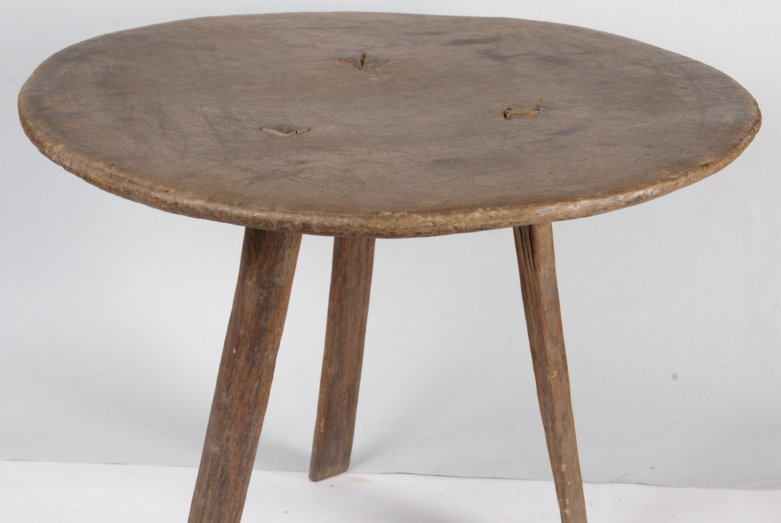
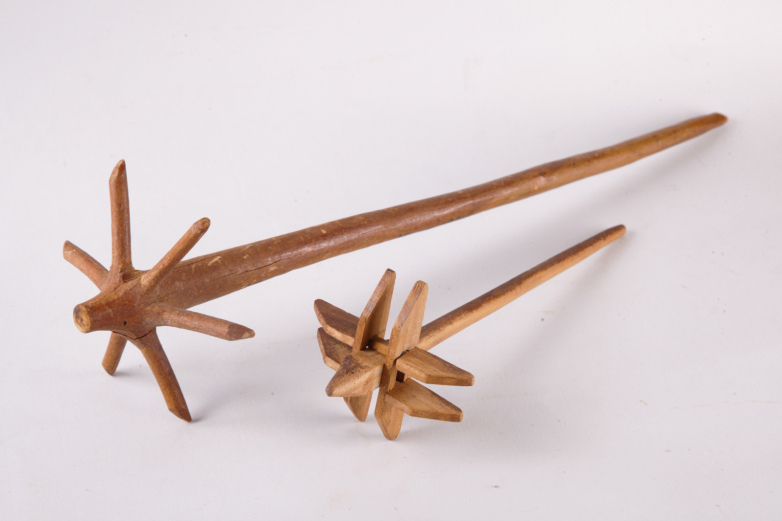
to login or register.